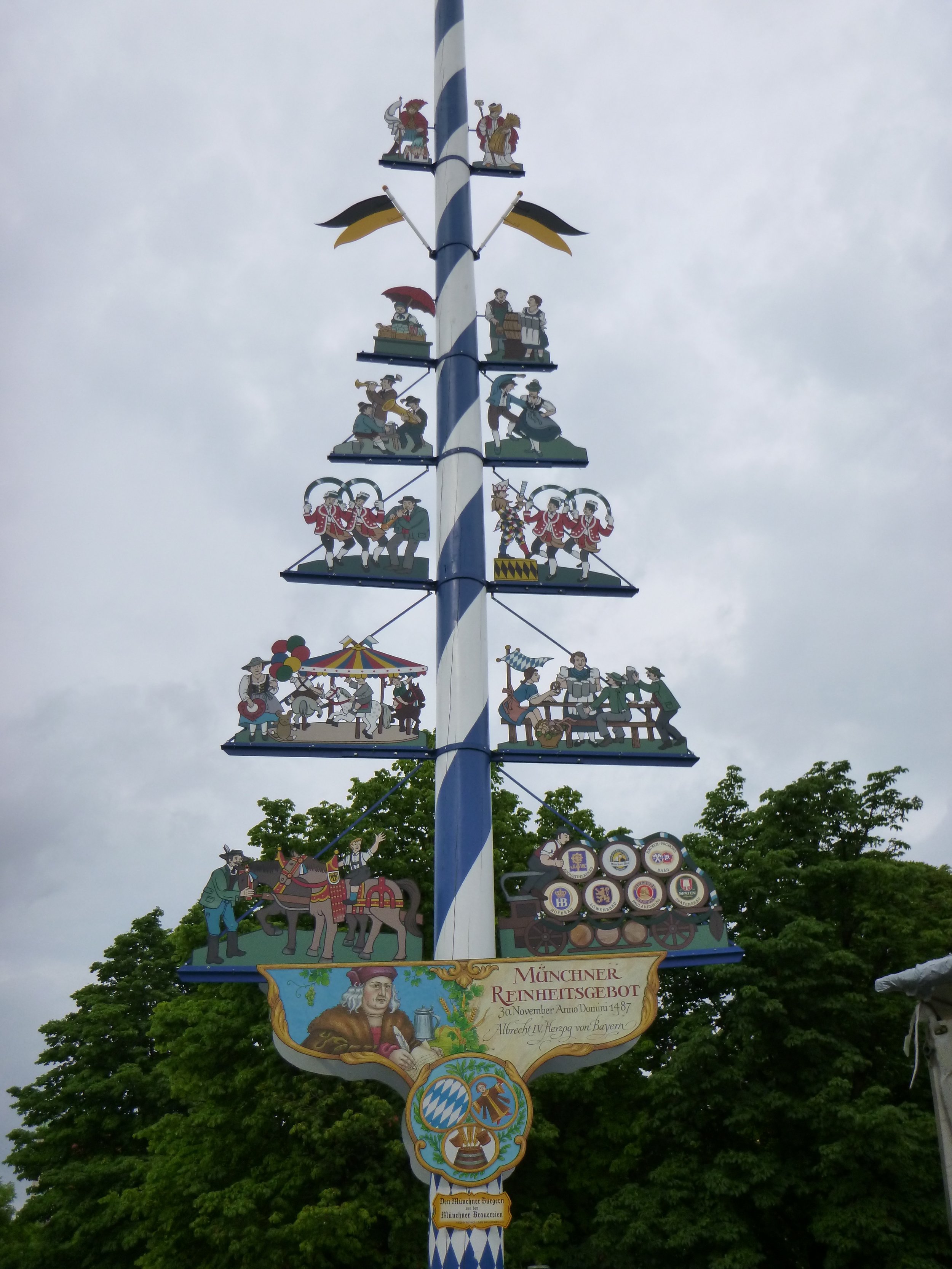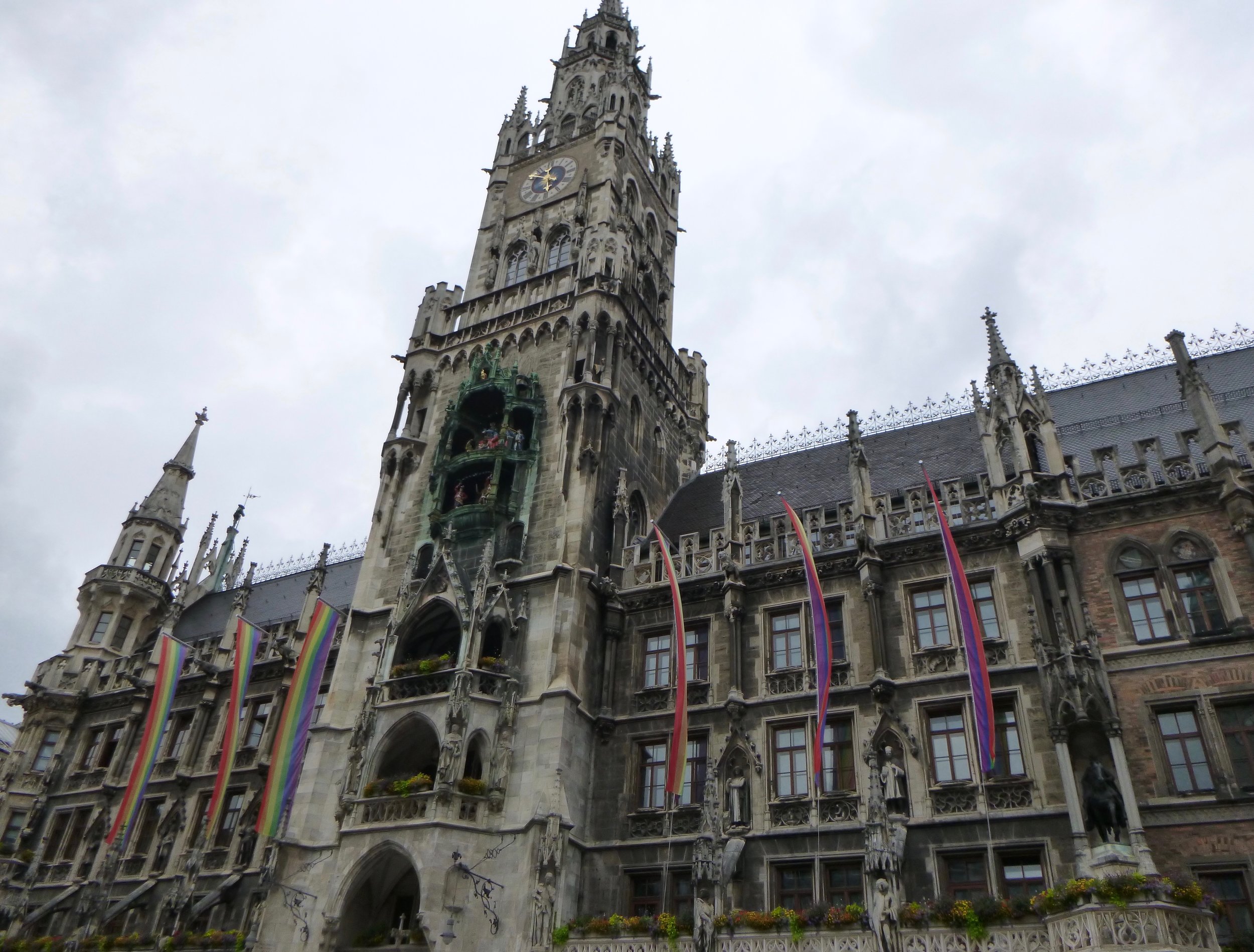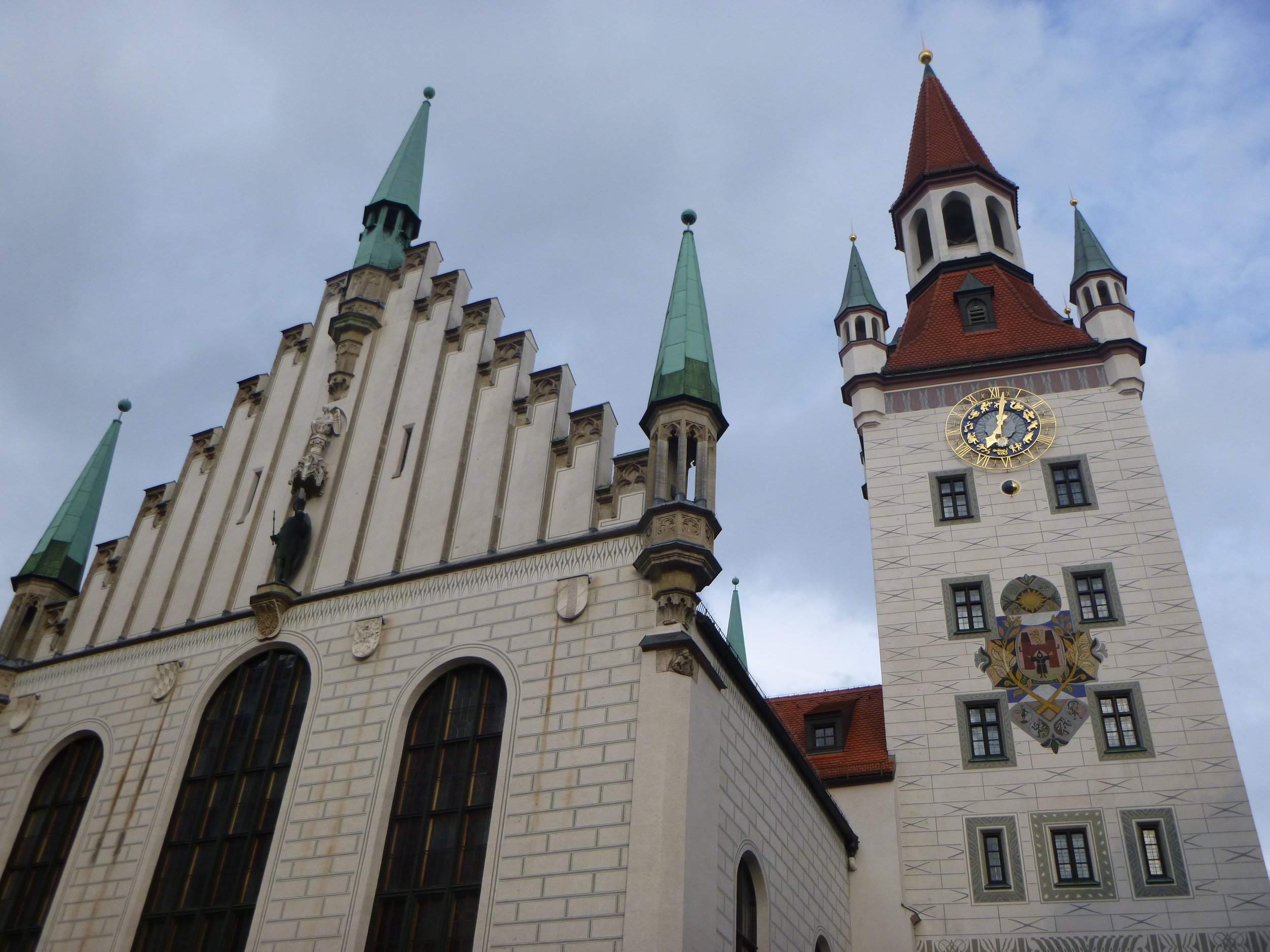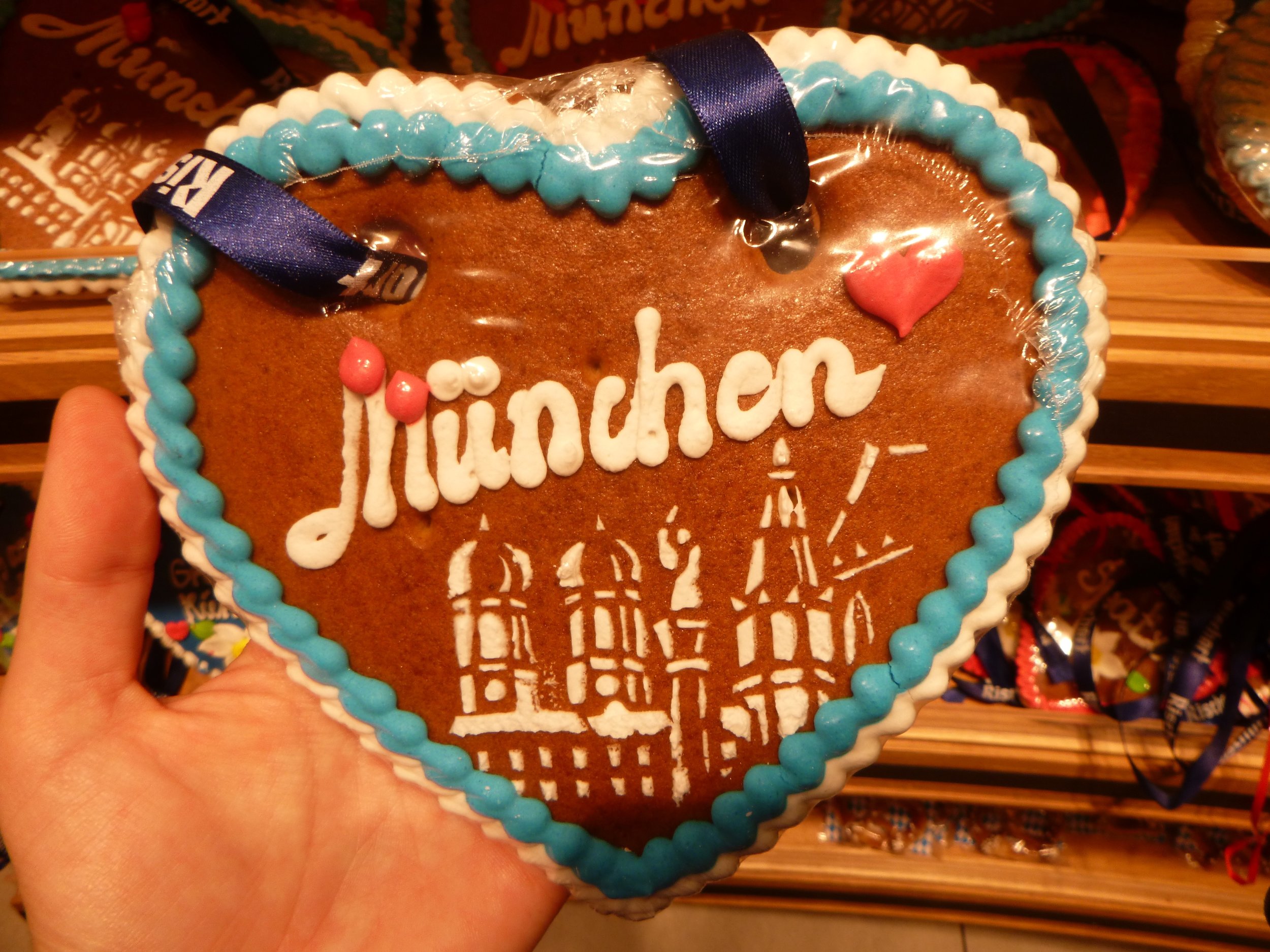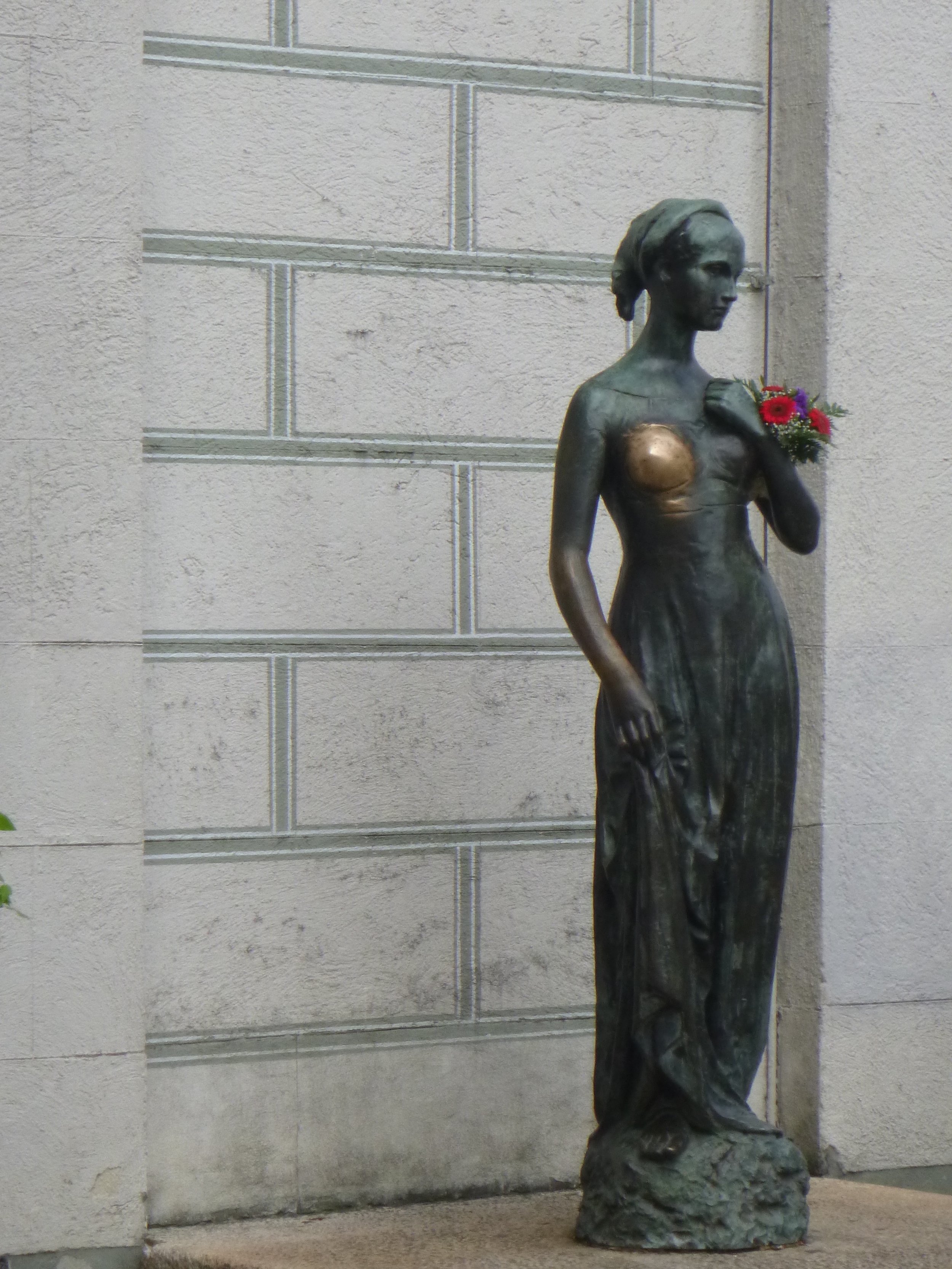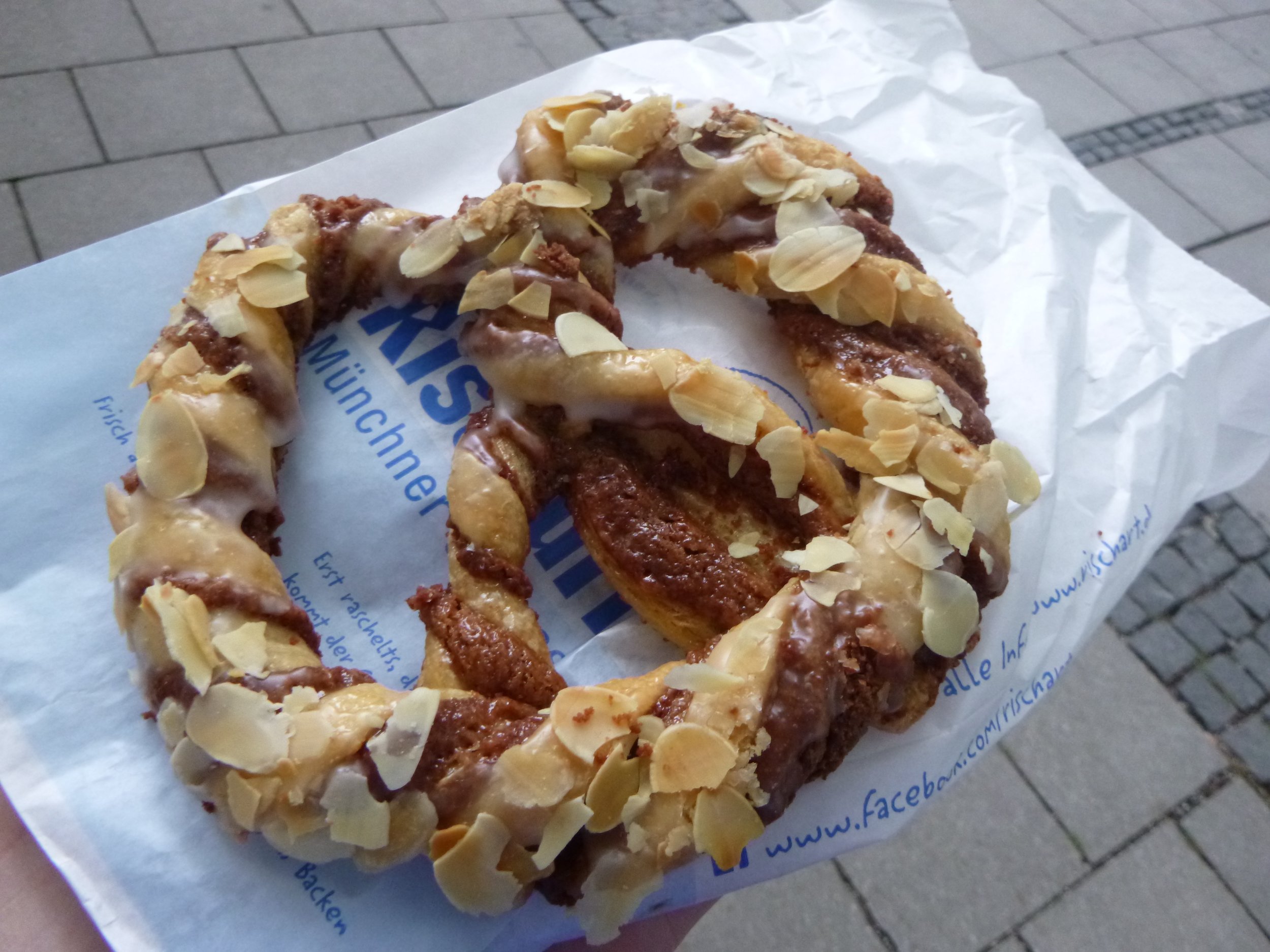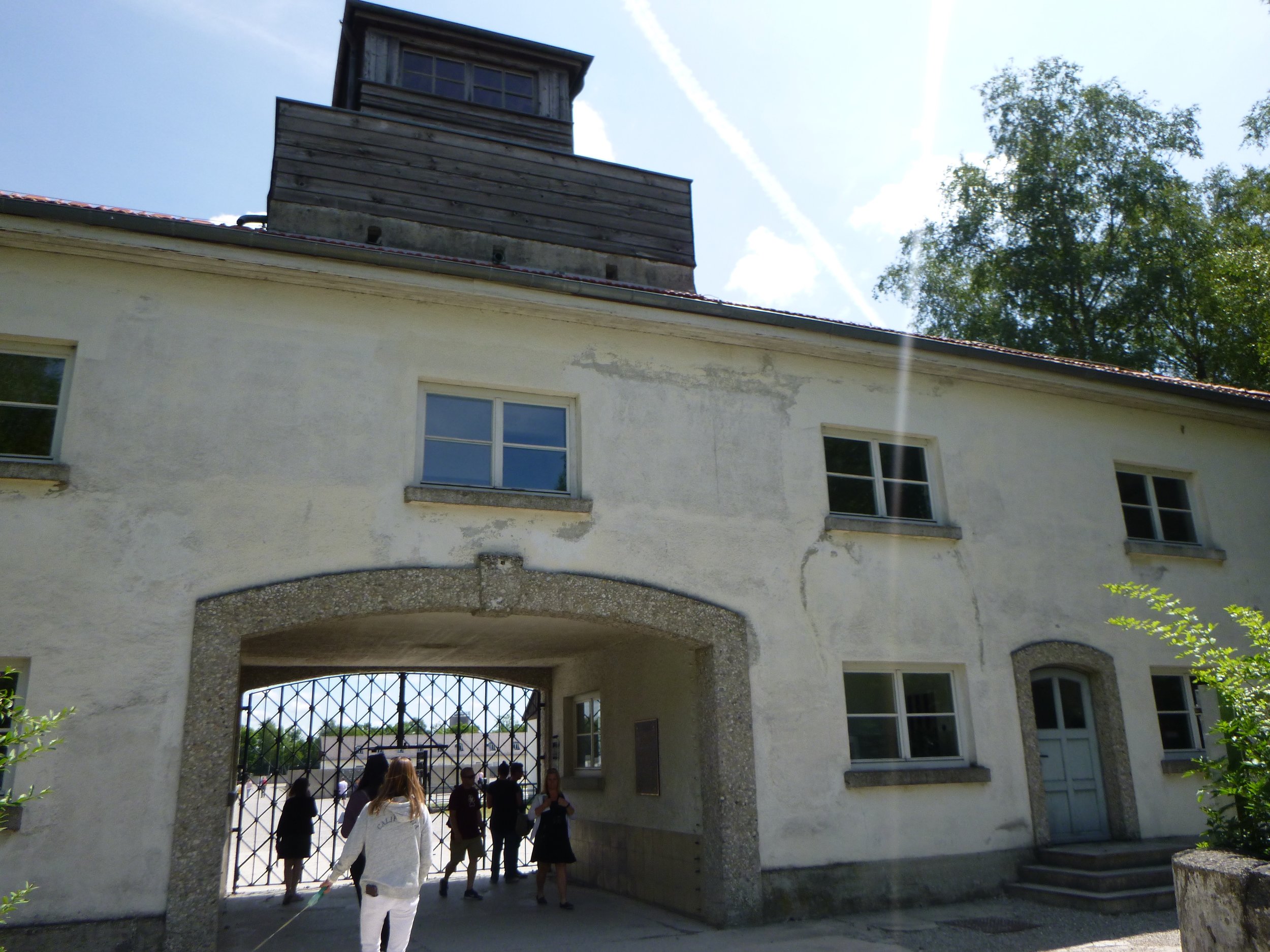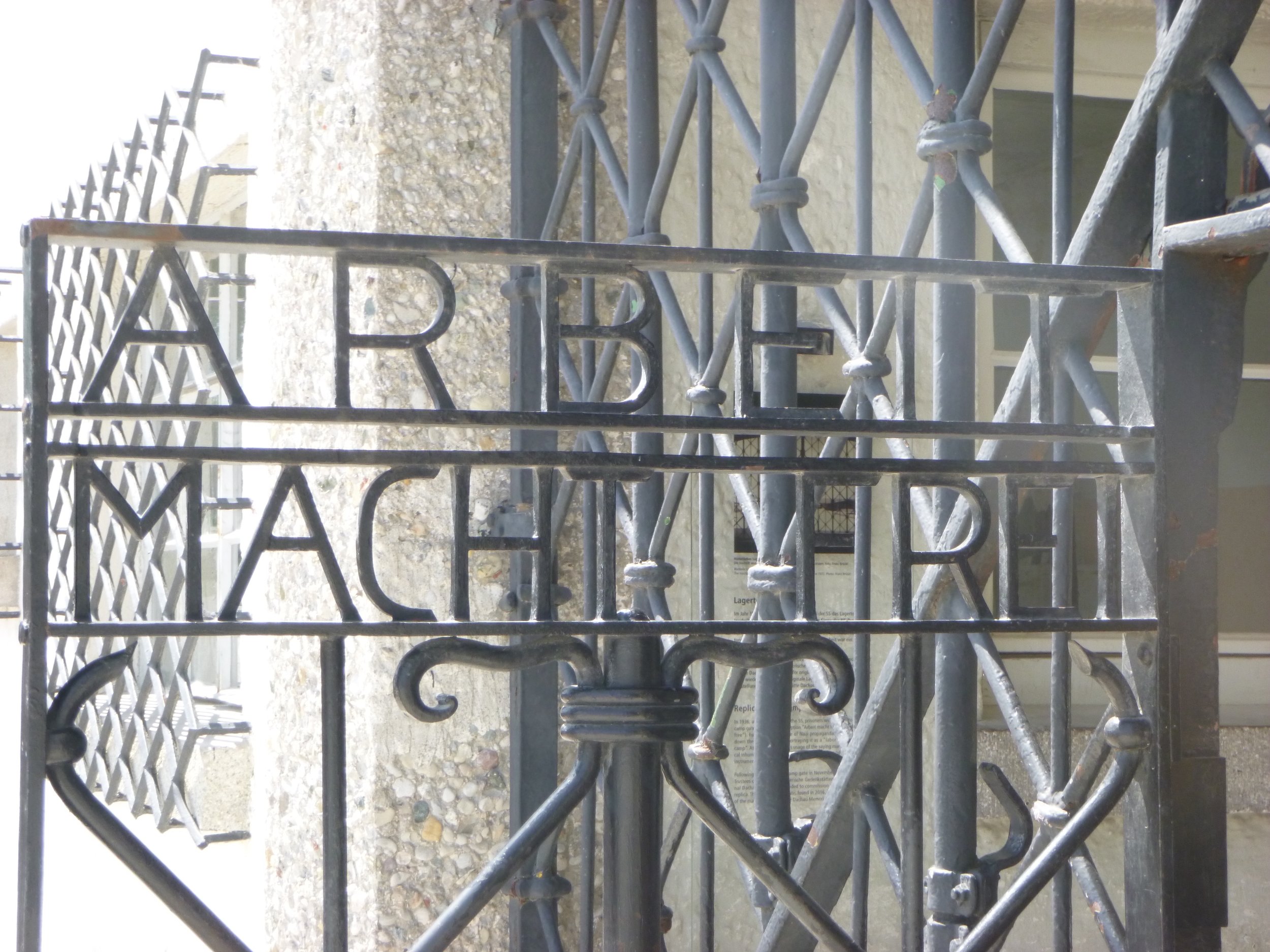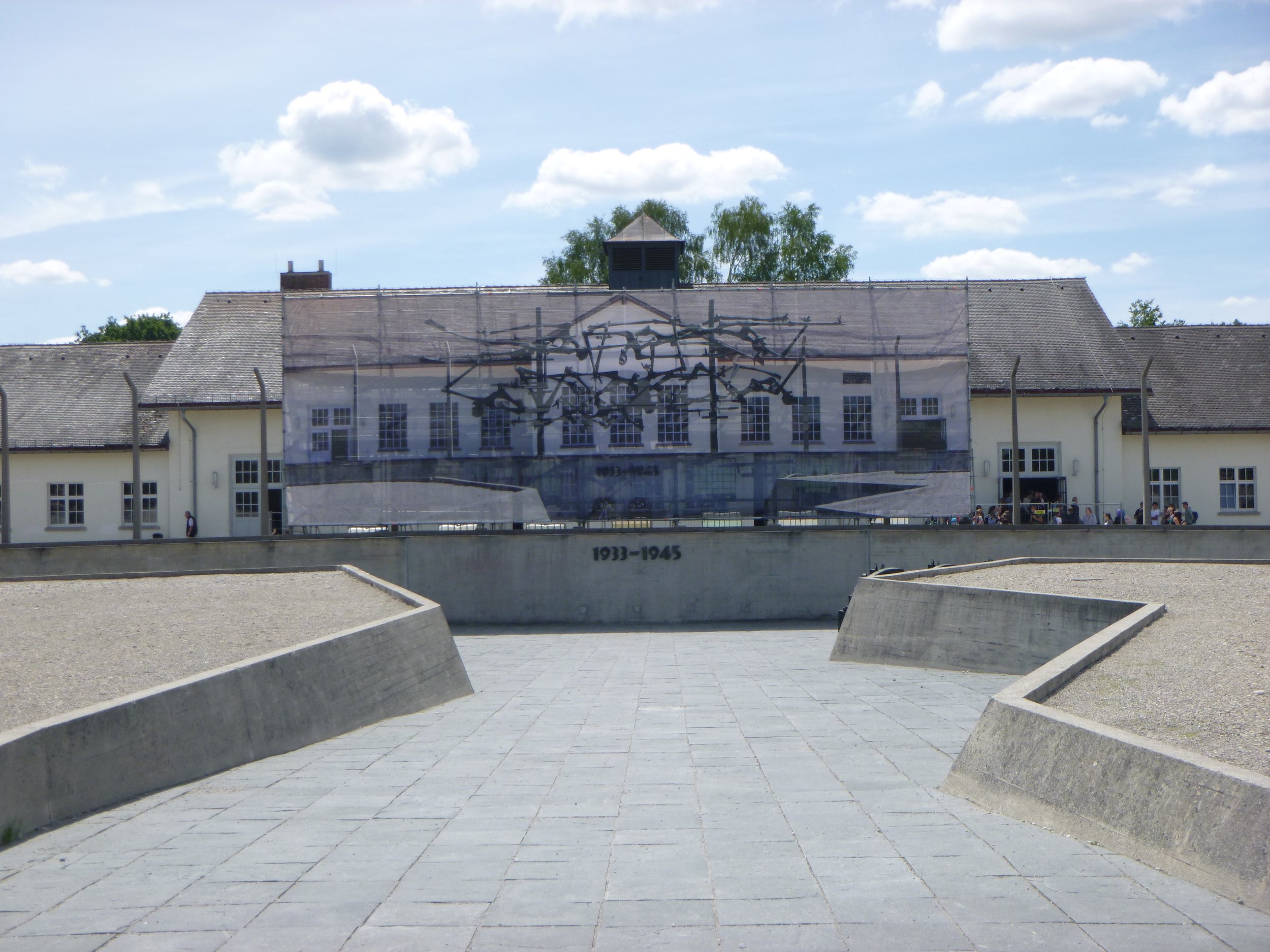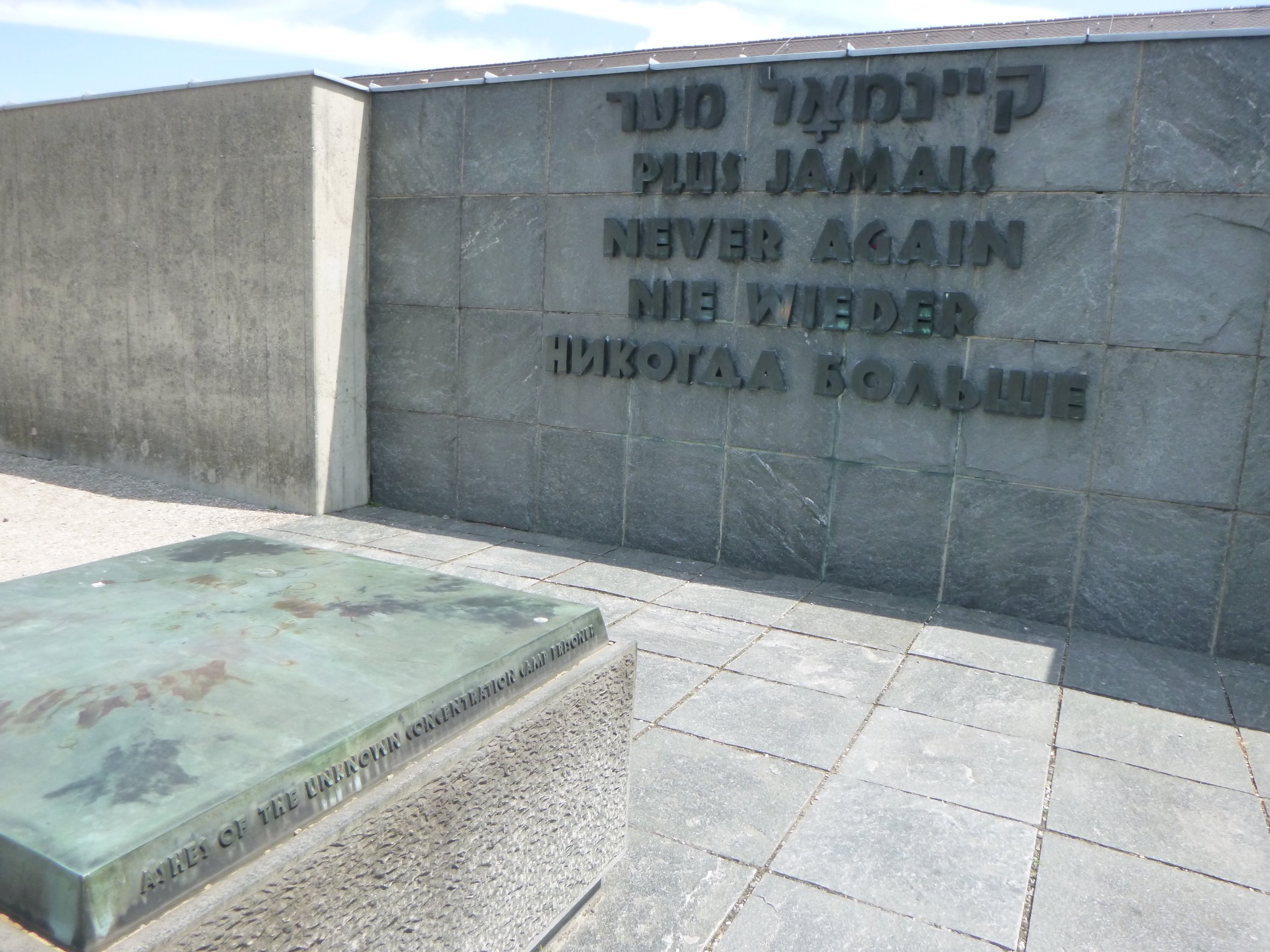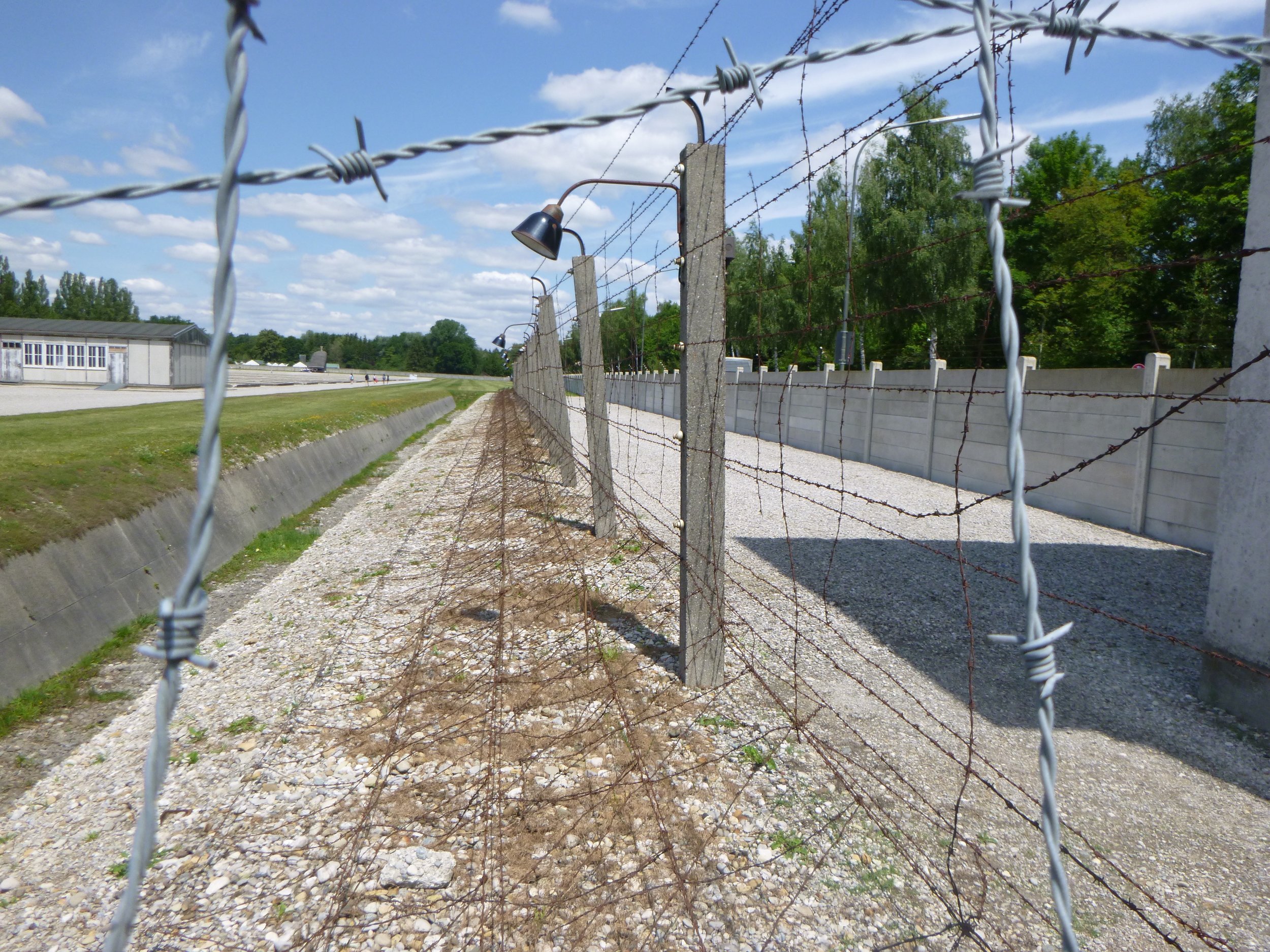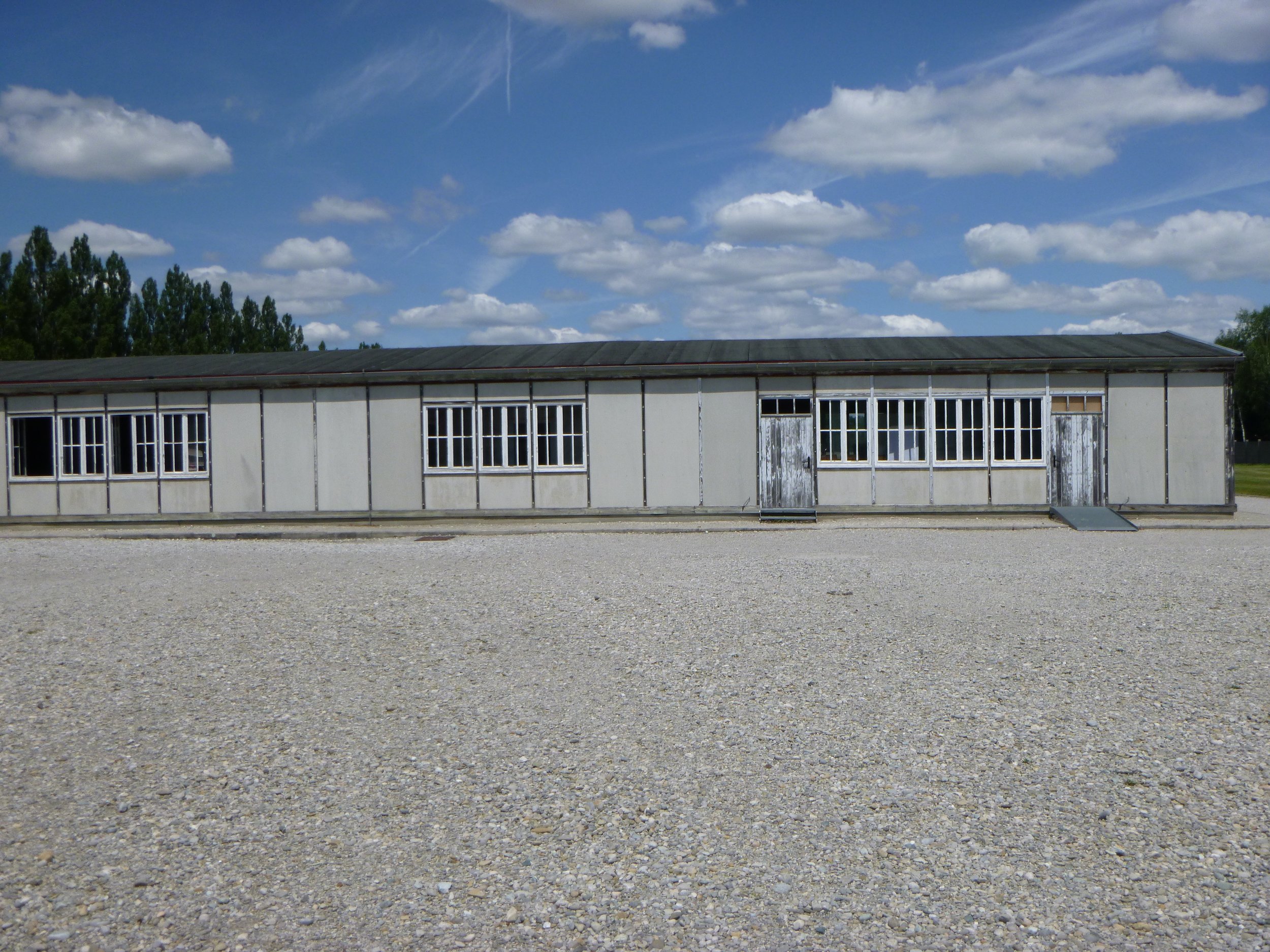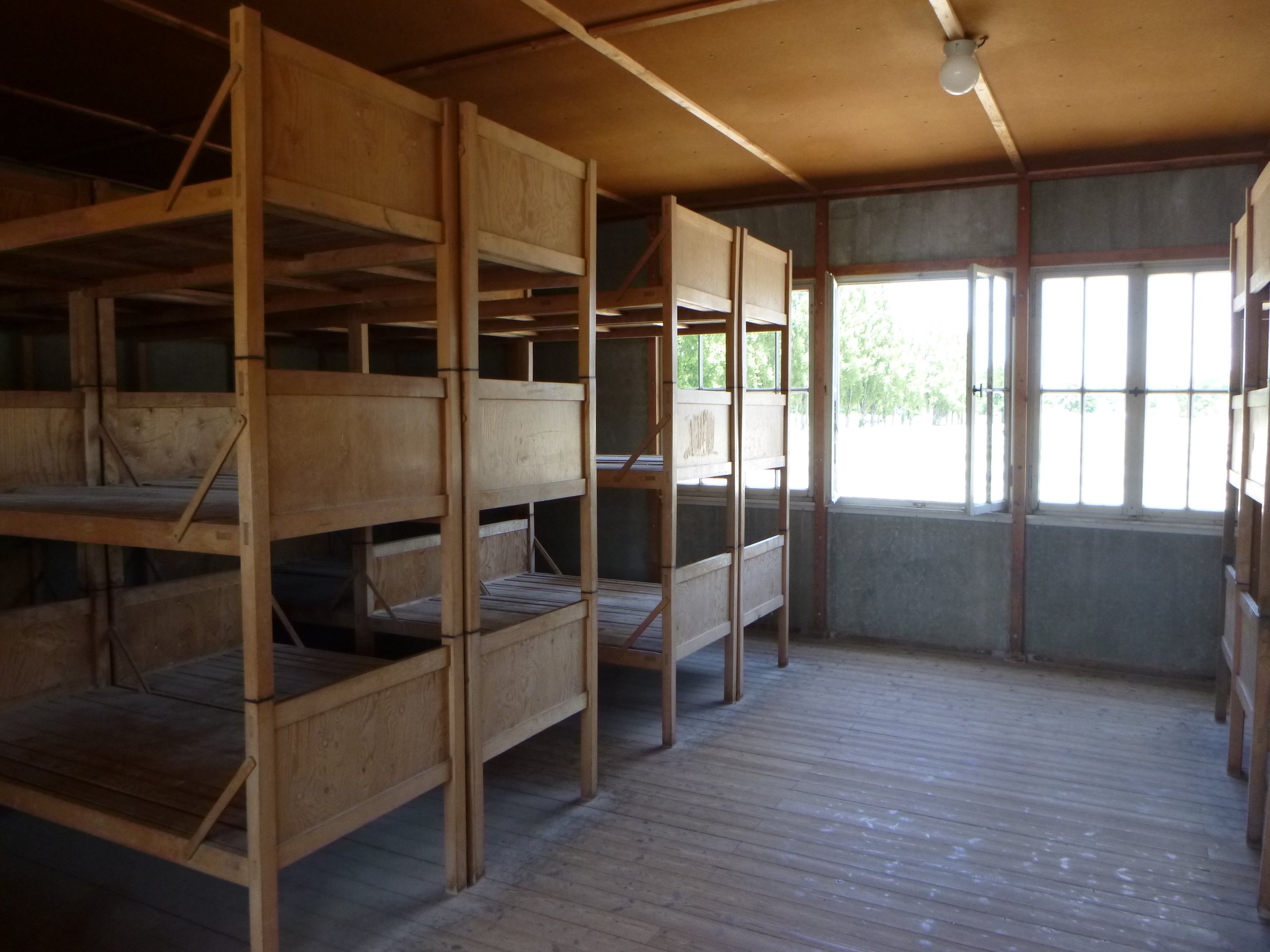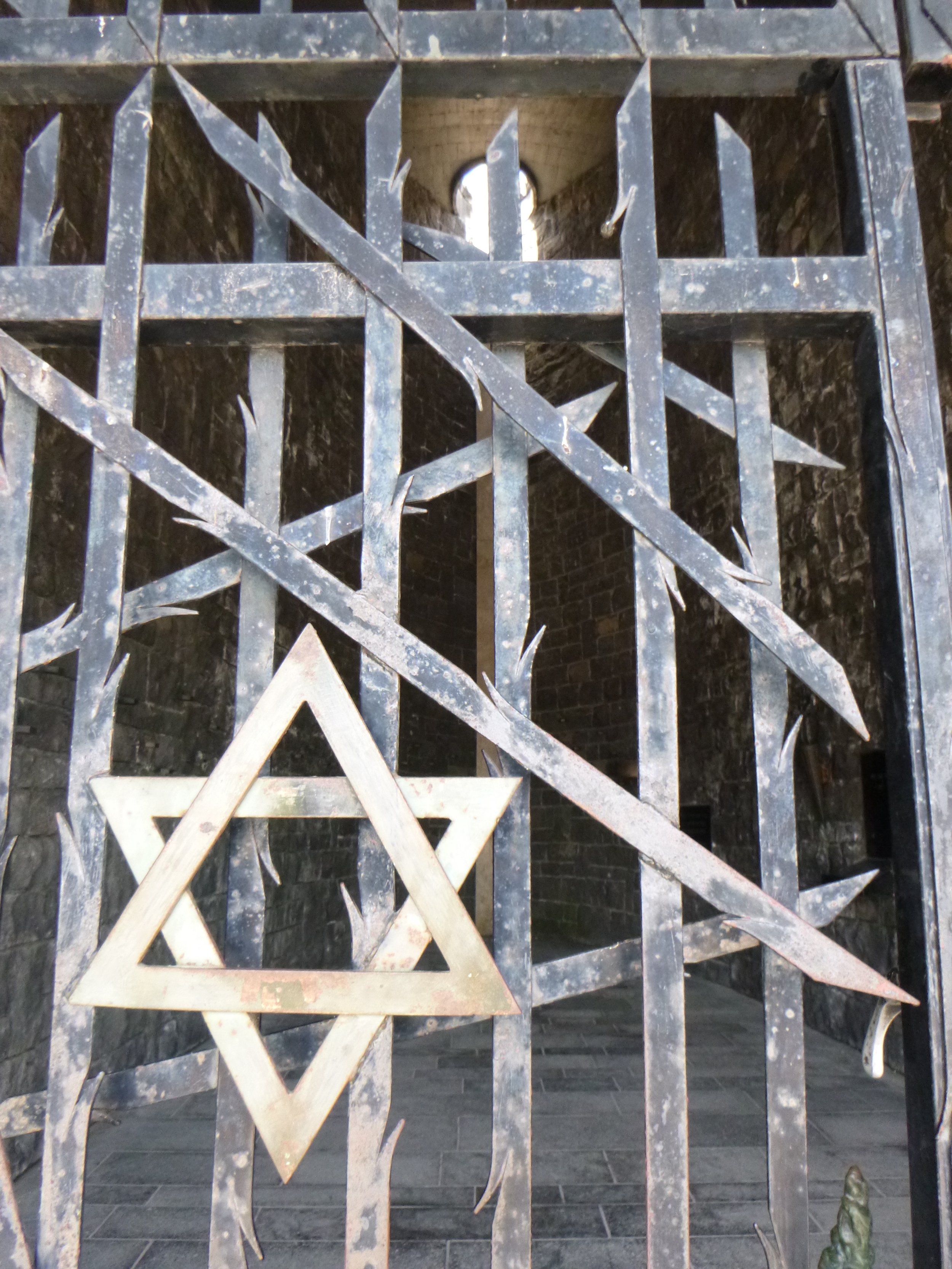Munich & Dachau, Germany
where I stepped through a doorway many didn’t return through
After leaving Anna’s hometown just outside of Munich I decided to stay a couple days more to check out the city itself. I booked two nights at a hostel and the first afternoon/evening I walked around Viktualienmarkt, Marienplatz, Hofgarten, and ended the night with a pretzel and Radler, my new found favorite things. I confirmed a housesit in Paris for a couple days later and booked an overnight bus there.
The next day I took a daytrip to Salzburg via Flixbus and returned to the Munich hostel later that night.
The day I was bound to leave on an overnight bus to Paris I spent the morning and afternoon in Dachau.
Dachau
As I arrived in Munich I was looking at the map and saw the word Dachau. It’s a town just outside of Munich, but I recognized it as being a former concentration camp. So it became important to me to visit the memorial site and learn as much as I could about the first Nazi concentration camp and what all the others were based upon.
I took the tram, a couple trains, and a bus to arrive at the memorial site. I joined hundreds of others in the somber site. I purchased an audio guide so I could learn as much as I could and proceeded to walk upon the grounds. I entered the prisoner camp through the Jourhaus, the same entrance thousands of others entered and never exited. The gated door inscribed with “Arbeit macht frei” (“work sets you free”) was a chilling reminder that those prisoners were forced to work till death. I was acutely aware that with every step I took across the gravel roll call square I was stepping on a spot someone most likely perished. And it was like that throughout the camp. Their presence is stifling in the vast open grounds.
I first went to see the memorial. I was surprised to see the huge barbed wire replica sculpture because I did know about it and had been wanting to see it, but I didn’t realize it was here at Dachau. I wasn’t able to see the entirety as it is covered with scaffolding, but I can only imagine how dominating and powerful it is when it is seen in front of the former maintenance building now housing the exhibition. By the memorial there was also a site of “Ashes of the unknown concentration camp prisoner” located in front of a sign with “Never Again” written out in 5 languages.
I walked in the exclusion zone where I would have been shot if I was a prisoner there. The area leads to a ditch and then a barbed wire fence that was electrified when the camp was in use. There there was a gap before the high stone walls with guard towers spaced out along the perimeter.
Next I walked through a reconstruction of a barrack. The original ones were demolished after the war. The only marker now of the barracks are the concrete outlines filled with gravel. Inside the reconstructed barrack there were reconstructed rooms with different bunks that were used over the years in order to stuff as many people in there as possible. When the U.S. liberated Dachau in 1945 more than 30,000 people were in a camp built for 6,000.
I walked along the tree lined camp road passing the precise rows of barracks and read the placards. I couldn’t help but notice how large the trees had become, because on the signs there were pictures of the area during the war and the trees had just been planted. It reminded me of how time can change a place. I thought of how those trees had the opportunity to grow over the years when the human inhabitants did not. Those trees have born witness to it all.
I arrived at the end of the path where the religious memorials now stand. Then down a side path through a garden like entrance lies the crematorium. The original 2 furnaces were not enough to keep up with the piling corpses so another crematorium had to be built. Along with the furnaces to dispose of bodies were rafters where prisoners were hanged and the gas chamber disguised as a shower room. There is no official count of the total amount of deaths at the camp; it is presumed to be over 30,000 people and could be up to 40,000.
As I took my time walking around the site taking it all in I ended up running out of time and wasn’t able to check out the exhibition in the former maintenance building. I left the former concentration camp with a clearer view on the history I grew up learning. To witness such a place first hand is difficult but necessary. It’s important to witness what people have done and are capable of. And to make sure it never happens again.
I debated on whether I should take pictures at the memorial site as the pictures are not meant to entertain, but in this case they represent a documentation of a historical and tragic sight that folks need to see.
After visiting Dachau I got on a bus headed to Paris.
Next: Salzburg, Austria


